Our teachers work hard to ensure science at BCCS is rooted in real work for real people. Students engage in challenges that connect their scientific understanding to a Biblical view of restoration in a broken world. Read below about what that looks like in our classrooms!
Eighth-grade students used their understanding of the cardiovascular system to develop a solution for atherosclerosis by designing stents using CAD software and using a 3D printer to create models. Students had short-term targets regarding understanding the circulatory system and long-term goals around seeking restoration of it.
Fifth grade students built models of electromagnets to understand how scientific modeling can be used to understand the earth’s structure and explore properties of matter that have never been seen by the human eye. This allowed students the opportunity to practice order discovery in God’s creation and apply scientific practices to their faith.
Fourth grade students recently completed science and engineering work through a boat-building and mashed potato launcher challenge. In their learning, teachers and students also discussed and practiced curious thinking, gracious communicating, courageous designing, and joy-filled collaborating. These four skills are habits teachers in every BCCS classroom work to emphasize and practice with their students.
In second grade, students were learning about properties of matter. Teachers designed a learning task of building structures with specific materials that would allow the structure to remain standing in the wind and rain and also keep a figure/person dry within the structure. The students were curious thinkers and courageous designers while working through this experiment. They also had to do a lot of gracious communicating as they planned and built their structures. It was an engaging experiment and each group passed the required tests on the structure!
While the above examples are only brief glimpses from our classrooms, they show how teachers intentionally design learning and allow students to put it into practice in science!


